Synopsis of Maati Maay


Send us your feedback to audioarticles@vaarta.com


Maati Maay (A Grave-keepers Tale) is based on a short story (Baayen) by the well-known writer Mahasweta Devi. It is the heart-rending tale of a young mother who is trapped between her instincts and needs, and the compulsions of her ancestral duty as dictated by the social system.
Chandi is a beautiful young woman from a lower caste, whose family has traditionally been in charge of a childrens graveyard. When her father dies, there being no other male in the family, Chandi inherits the job and performs it with great pride as her sacred duty. But after she gives birth to her son Bhagirath, things start to change. Being a nursing mother, Chandi now begins to get deeply affected by childrens deaths. Handling tiny corpses takes a toll on her body and mind. Getting more and more distressed while performing their funeral rites, she wishes she could be relieved of that duty. But then, who will protect the graves from wild animals ? Wont the ancestors be angered ? Is it not wrong to give up a sacred trust ?
Chandis husband Narsu fails to understand her turmoil. Her moral dilemmas, her growing anxieties are simply beyond him. The community forces her to continue with her work. And when she finally rebels, the villagers, steeped in ignorance and superstition, become extremely hostile and punish her in the harshest possible manner.
Twelve years later Narsu, hoping to justify his own actions, narrates Chandis story to their now adolescent son. If Chandi gets justice in the end, it is only through the love and courage of her son Bhagirath who dares to defy the system.
Directors Note:
A tale within a tale, Maati Maay is a multi-dimensional, multi-layered film exploring a wide range of human relationships in a traditional society. It not only portrays the changing dynamics of intimacy between Chandi, Bhagirath and Narsu but also brings into focus the relationship of each protagonist with the outside world.
Nature is not merely a backdrop for the human drama but an important character in the film. The vast expanse of the arid plateau, the gigantic menacing trees, and the grayish soil are integral to the primal, mystical nature of the conflict. In contrast, the mud and stone walls emphasize how the conflict is man-made!
The film is entirely shot on remote locations near
Follow us on Google News and stay updated with the latest!
Comments
- logoutLogout

-

Contact at support@indiaglitz.com




 Follow
Follow




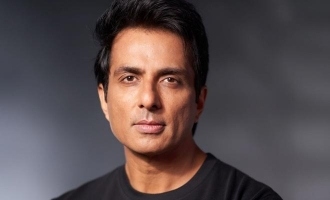









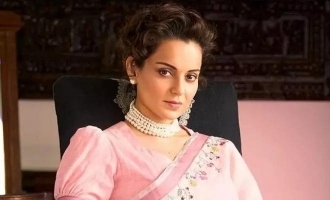
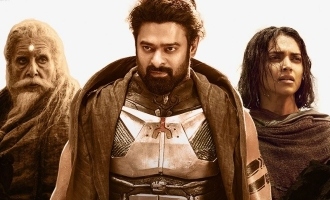

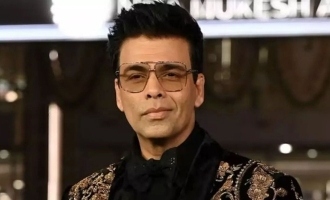



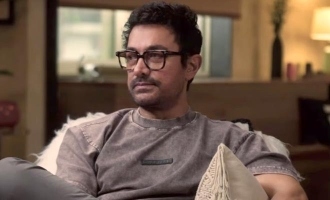







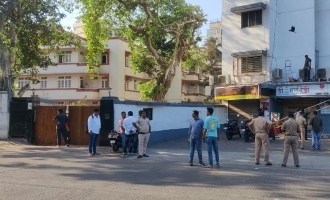
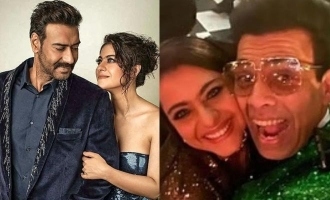


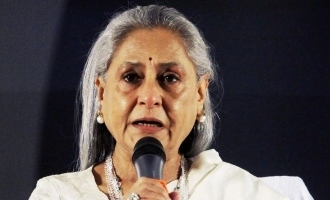








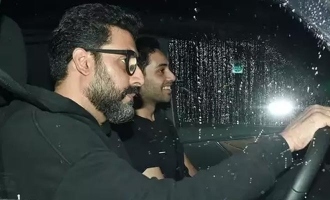

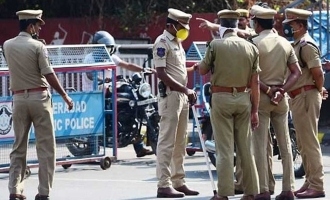

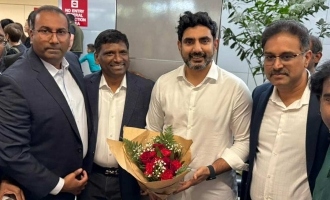
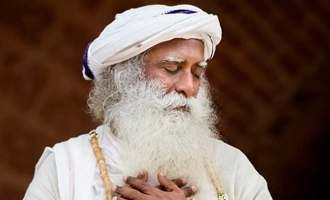
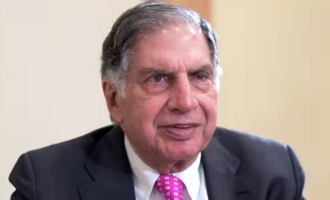


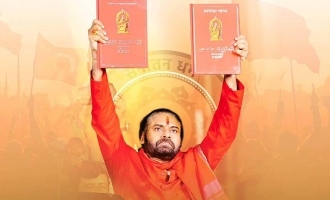
-a3e.jpg)
-3c4.jpg)
-e5c.jpg)








